Buy/Drive/Burn: A Chrysler Fuselage Trio From 1971

It started off casually enough, in the luxury Slack chat environment of TTAC just a day or so ago. Amidst a conversation about large Chryslers of the early ’70s, TTAC’s Steph Willems declared he wasn’t sure which fuselage-design Chrysler product he’d choose to take home.
Let’s see if we can’t venture some opinions on this topic.
Chrysler’s C-body resided under a multitude of vehicles with Dodge, Plymouth, Chrysler, and Imperial badges on their exteriors. A flexible platform, wheelbases varied from a svelte 119 inches up to a long 127 inches. We’ll start with the smallest and work our way upward, though the Polara you see up there is not an option. Oh, and ’71 was the last year before emissions regulations started their stranglehold — you’re welcome.
Plymouth Fury III
Riding on the 120-inch version of the platform, the Fury model was the most flexible of our tri0 with regard to options and engines, even carrying a Slant-6 at one point. The fifth-generation Fury debuted for 1969, becoming more rounded with each passing year. Our selection today is a Fury III in four-door hardtop format. We’ve opted for all the newest luxury items, including stereo with cassette recorder, and integrated headlamp washers. The 320 horsepower, 440 cubic inch V8 is present as well.
Dodge Monaco
Stepping up to a 122-inch wheelbase model, the Dodge Monaco name was a bit younger than the Fury. In its second generation for 1969, the model was significantly revised for 1970, and revised again to a lesser extent for ’71, featuring a new grille and rear lighting treatments. Today’s Monaco option is a two-door hardtop with bucket seats, and the same stereo setup as in the Fury. Dog not included, but the 440 is (smaller V8s were available).
Imperial LeBaron
Grandest of the grand, the 127-inch wheelbase supported the Imperial LeBaron. Officially still a separate marque through 1975, the Imperial was in its fourth generation for 1969. Minor cosmetic alterations (read: less trim) in 1970 led the way for some rebranding in 1971. The Imperial Eagle at the front was replaced by block lettering, and the rear end hinted at what was to come, reading “IMPERIAL by Chrysler.” Sporty bucket seats have no place in Imperial, but a bench works nicely. A first for production cars, ABS was available this year — an option we’ve selected. Such a car as Imperial could only do with the 440 V8, so there were no other engine choices.
Small, bigger, biggest, and 7.2 liters of V8. Which one goes home with the buy?
[Images: Chrysler]

Interested in lots of cars and their various historical contexts. Started writing articles for TTAC in late 2016, when my first posts were QOTDs. From there I started a few new series like Rare Rides, Buy/Drive/Burn, Abandoned History, and most recently Rare Rides Icons. Operating from a home base in Cincinnati, Ohio, a relative auto journalist dead zone. Many of my articles are prompted by something I'll see on social media that sparks my interest and causes me to research. Finding articles and information from the early days of the internet and beyond that covers the little details lost to time: trim packages, color and wheel choices, interior fabrics. Beyond those, I'm fascinated by automotive industry experiments, both failures and successes. Lately I've taken an interest in AI, and generating "what if" type images for car models long dead. Reincarnating a modern Toyota Paseo, Lincoln Mark IX, or Isuzu Trooper through a text prompt is fun. Fun to post them on Twitter too, and watch people overreact. To that end, the social media I use most is Twitter, @CoreyLewis86. I also contribute pieces for Forbes Wheels and Forbes Home.
More by Corey Lewis
Latest Car Reviews
Read moreLatest Product Reviews
Read moreRecent Comments
- Calrson Fan Jeff - Agree with what you said. I think currently an EV pick-up could work in a commercial/fleet application. As someone on this site stated, w/current tech. battery vehicles just do not scale well. EBFlex - No one wanted to hate the Cyber Truck more than me but I can't ignore all the new technology and innovative thinking that went into it. There is a lot I like about it. GM, Ford & Ram should incorporate some it's design cues into their ICE trucks.
- Michael S6 Very confusing if the move is permanent or temporary.
- Jrhurren Worked in Detroit 18 years, live 20 minutes away. Ren Cen is a gem, but a very terrible design inside. I’m surprised GM stuck it out as long as they did there.
- Carson D I thought that this was going to be a comparison of BFGoodrich's different truck tires.
- Tassos Jong-iL North Korea is saving pokemon cards and amibos to buy GM in 10 years, we hope.
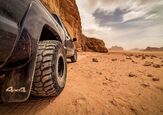
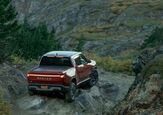
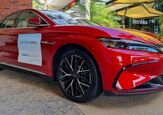
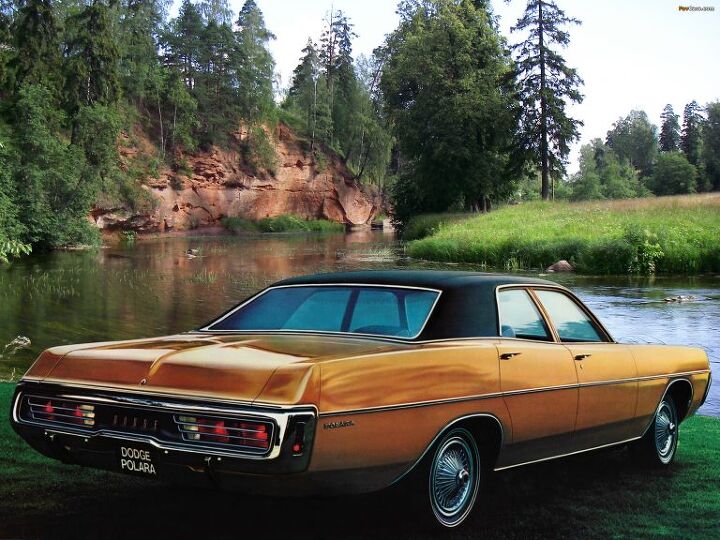









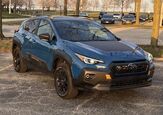





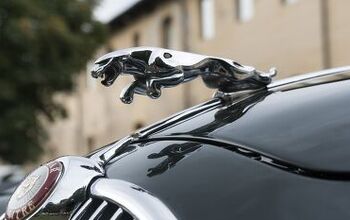
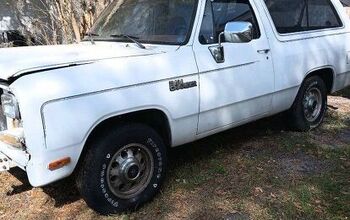

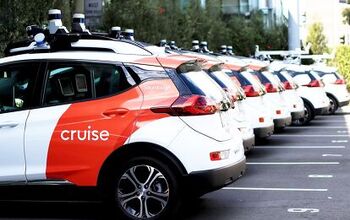
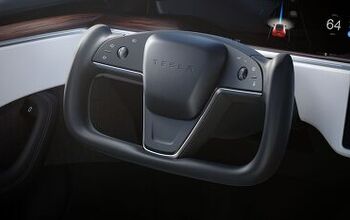
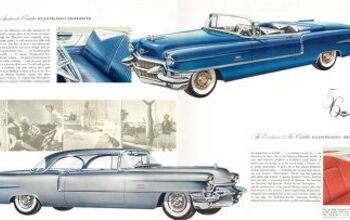
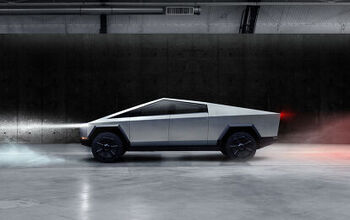
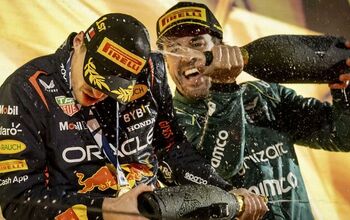
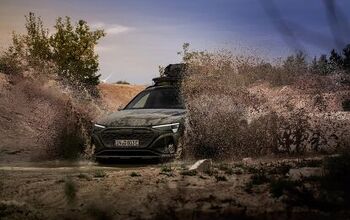
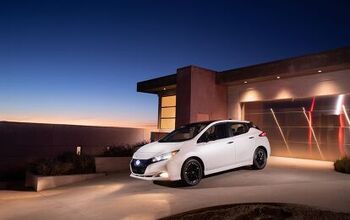

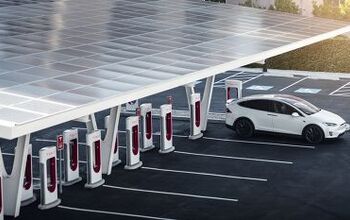
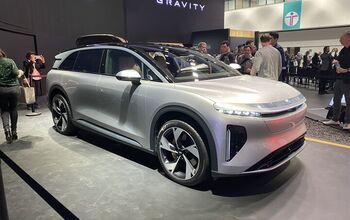
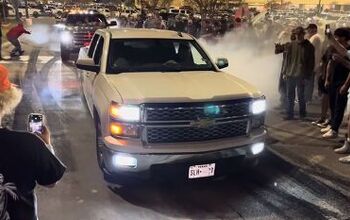
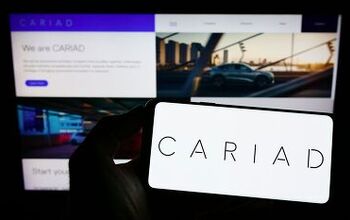
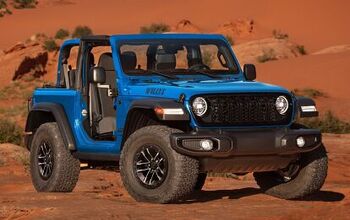
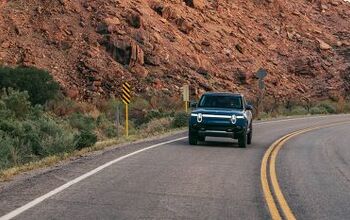
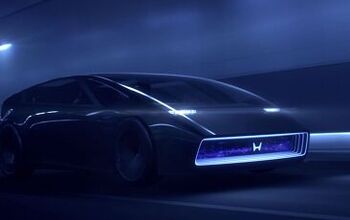
Comments
Join the conversation
Time-warp B/D/B suggestions: 1971 GM A-bodies: Olds 4-4-2 W30, Chevelle SS, Buick GS 455 Stage whatever-is-most-powerful. Ace Of Base 1979 A-bodies: Olds Cutlass Salon Coupe, Chevy Malibu Coupe, Buick Century Coupe (which was also an Aeroback like the Olds, and might have had the turbocharged 3.8 V6 as an option). G-body swan song: 1987 Olds Cutlass Classic whatever-the-sportiest-coupe-was, Buick GNX, Chevy Monte Carlo SS (or were only the Olds and Bruick around for ‘87?) 1980 C-bodies: Olds 98, Buick Electra, Caddy Sedan DeVille. 1974 Ford PLCs: LTD/Mercury Cougar/Lincoln Mark IV. 1979 Ford big coupes: LTD/Mercury Marquis/Lincoln Mark V 1981 Mopar Coupes: Chrysler Córdoba/Dodge Mirada/Chrysler Imperial. Last Big GM PLCs: 1985 Olds Toronado/Buick Riviera/Caddy Eldorado. (Or has this been done?) Mopar M-bodies: Plymouth Gran Fury/Dodge Diplomat/Chrysler Fifth Avenue (pick the closest year to end-of-production where all three cars were available to the general public). Malaise-Era Fords: Granada/Mercury Monarch/Lincoln Versailles (preferably during a year when all three shared the same wheelbase).
Buy the Imperial, drive the Dodge, burn the Plymouth, the least attractive of all three.